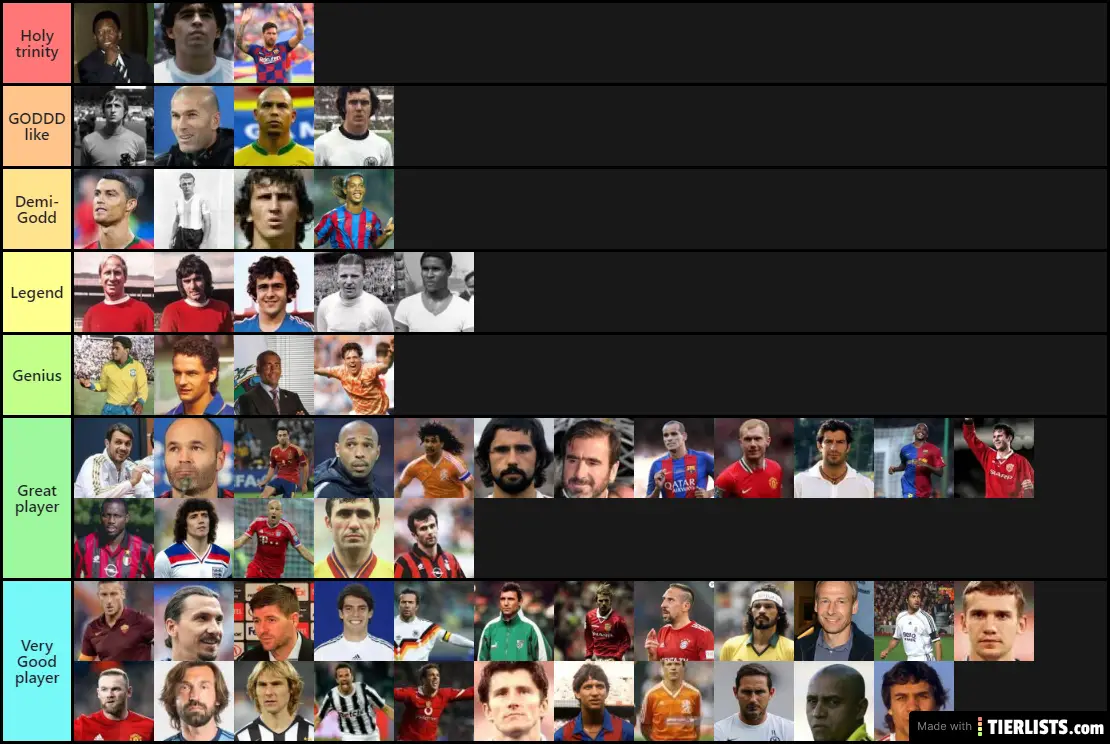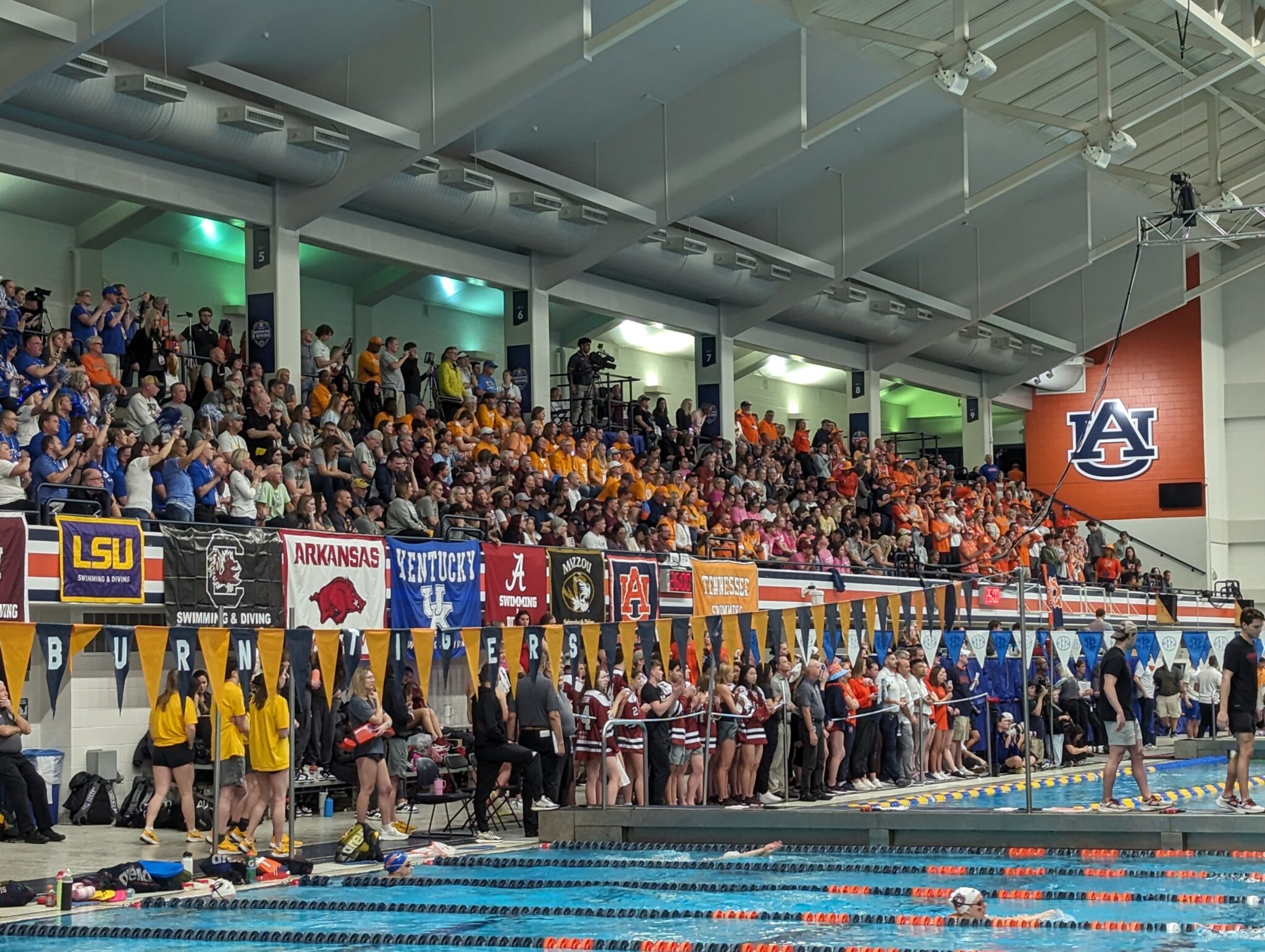
Tentu, berikut adalah artikel berbahasa Inggris yang komprehensif tentang teknik pernapasan renang gaya bebas, dengan panjang sekitar 1200 kata.
Mastering the Breath: Your Comprehensive Guide to Freestyle Swimming Breathing Techniques
Swimming is a dance between power and grace, a symphony of propulsion and glide. Yet, beneath the surface, often overlooked, lies the most critical element orchestrating this aquatic ballet: the breath. For freestyle swimmers, efficient breathing isn’t just about survival; it’s the lynchpin of speed, endurance, balance, and overall stroke efficiency. Without a well-honed breathing technique, even the most powerful kick or catch will falter, leaving you gasping for air and fighting the water.
This comprehensive guide will delve deep into the art and science of freestyle breathing, breaking down its fundamentals, exploring advanced techniques, highlighting common mistakes, and providing actionable drills to transform your swimming.
The "Why" Behind Efficient Breathing: More Than Just Oxygen
Before we dissect the "how," let’s understand why mastering your breath is paramount in freestyle:
- Oxygen Supply for Performance: This is the most obvious. Your muscles need oxygen to function, especially during sustained effort. Insufficient or irregular breathing leads to oxygen debt, premature fatigue, and a buildup of lactic acid, drastically hindering performance.
- Body Position and Streamlining: Poor breathing often leads to lifting the head too high, causing the hips and legs to drop. This creates significant drag, forcing you to work harder just to maintain pace. Proper breathing maintains a flat, hydrodynamic body position.
- Balance and Core Engagement: The head is a heavy part of the body. Turning it correctly, in sync with your body roll, helps maintain balance and engage your core, which is crucial for a powerful, stable stroke.
- Rhythm and Timing: Breathing should be an integral part of your stroke, not an interruption. When timed correctly, it complements your arm recovery and body rotation, enhancing the natural rhythm of your freestyle.
- Relaxation and Energy Conservation: Panicked, shallow breathing creates tension throughout the body, wasting precious energy. A calm, controlled breath promotes relaxation, allowing you to swim more smoothly and efficiently.
The Fundamentals of the Freestyle Breath: Building a Solid Foundation
Every great swimmer starts with the basics. Here are the core principles of an effective freestyle breath:
1. Exhale Underwater – The Golden Rule
This is arguably the single most important breathing technique in swimming. Many beginners hold their breath underwater, only exhaling forcefully just before inhaling. This creates a CO2 buildup, a feeling of suffocation, and forces a rushed, inefficient inhale.
- Practice: As soon as your face enters the water after an inhale, begin a slow, continuous exhalation through both your nose and mouth. Imagine creating a steady stream of bubbles. This ensures you have completely expelled stale air, making room for a full, fresh inhale.
- Benefit: Continuous exhalation keeps you relaxed, reduces CO2 buildup, and makes your inhale quick and natural.
2. The Head Turn – Minimal, Efficient, and Integrated
The goal is to get air with the least amount of disruption to your body position and momentum.
- Lead with Body Roll: Your breath should be initiated by your body rotating to the side, not by craning your neck. As one arm extends forward in the water and the other begins its recovery, your body naturally rolls onto its side. Your head turns with your body.
- "One Goggle In, One Goggle Out": This common cue means that only one eye (the one facing the sky) should be out of the water, with the other remaining submerged. This keeps your head low and minimizes lift.
- Chin Near Shoulder: Your chin should stay tucked close to your shoulder, looking back slightly, not up towards the ceiling. Looking up causes your hips to drop.
- Quick Inhale: Once your mouth clears the water, take a quick, sharp inhale. Don’t linger. Your mouth should be back in the water as your recovering arm enters.
3. Timing with the Stroke – The Seamless Integration
Breathing should feel like a natural extension of your stroke, not a separate action.
- Breathing into the Recovery: The ideal time to breathe is as the arm on your breathing side begins its recovery phase, coming out of the water. As this arm swings forward, your body naturally rotates, making it easy to turn your head for a breath.
- Head Returns with Arm Entry: Your head should be returning to its face-down, streamlined position as your recovering arm enters the water in front of you. This ensures minimal drag and maintains momentum.
Common Breathing Patterns and Their Applications
Once you’ve mastered the fundamentals, you can explore different breathing patterns:
-
Unilateral Breathing (Every 2nd Stroke):
- Description: Breathing on the same side every two strokes (e.g., right, right, right…).
- Pros: Provides more frequent oxygen, which can be beneficial for sprints or when you’re feeling winded. It can feel more natural for some.
- Cons: Can lead to muscular imbalance and an asymmetrical stroke over time. You develop a preferred side, potentially neglecting the other. Not ideal for open water as you only see one side.
- Application: Short, fast efforts; when maximum oxygen intake is critical; or as a temporary relief.
-
Bilateral Breathing (Every 3rd Stroke):
- Description: Alternating breathing sides every three strokes (e.g., right, left, right, left…).
- Pros: Promotes a balanced, symmetrical stroke by engaging both sides of your body equally. Enhances body awareness and rotation. Crucial for open water swimming to sight both sides. Develops a stronger core.
- Cons: Requires more practice and can feel challenging initially due to less frequent oxygen intake.
- Application: The gold standard for distance swimming, technique development, and overall stroke efficiency. Highly recommended for all swimmers to master.
-
Advanced Rhythms (Every 4th, 5th, or Variable):
- Description: Breathing every 4th or 5th stroke, or varying your pattern within a set.
- Pros: Can be used for specific training (hypoxic sets), race strategy (e.g., breathing less often at the start of a sprint), or to build lung capacity.
- Cons: Should only be attempted after mastering bilateral breathing. Can be detrimental if overused or if your technique isn’t solid.
- Application: Experienced swimmers for specific training goals.
Drills to Refine Your Freestyle Breathing
Consistent practice of targeted drills is essential for cementing good breathing habits.
-
Wall Exhalation Drill:
- How: Hold onto the wall, face in the water. Continuously blow bubbles (exhale) for 5-10 seconds. Then, quickly turn your head to the side, inhale, and immediately return your face to the water to exhale again.
- Focus: Emphasizes continuous exhalation and a quick, efficient inhale.
-
Goggle-In, Goggle-Out Drill:
- How: Swim freestyle, focusing intensely on keeping one goggle in the water during your breath. Use a kickboard if needed to isolate the head movement.
- Focus: Correct head position, minimizing lift, and maximizing streamlining.
-
Catch-Up with Breath:
- How: Swim catch-up freestyle (one hand waits for the other to join it at the front before pulling). Breathe only when the leading hand is fully extended and the other arm is recovering.
- Focus: Timing the breath with body roll and arm recovery, ensuring a smooth, integrated motion.
-
Six-Beat Kick with Breath:
- How: Swim freestyle, focusing on a strong, continuous six-beat kick. When you breathe, maintain the kick’s rhythm and body stability.
- Focus: Maintaining body balance and a stable core during the breath.
-
Sculling with Breath:
- How: Perform various sculling drills (e.g., front scull, middle scull) while incorporating your bilateral breathing pattern.
- Focus: Developing a feel for the water and maintaining body position and balance while breathing.
-
"Humming" Drill:
- How: As you swim, hum gently while your face is in the water. This forces a continuous, controlled exhalation.
- Focus: Reinforcing the continuous exhalation principle.
Common Breathing Mistakes and How to Correct Them
Even experienced swimmers can fall victim to bad habits. Recognizing and rectifying these is key.
-
Lifting the Head:
- Mistake: Cranking the head up out of the water, looking forward instead of to the side/back.
- Consequence: Hips drop, significant drag, strain on the neck.
- Correction: Focus on body roll initiating the breath. Keep your chin close to your shoulder. Use the "one goggle in, one goggle out" cue.
-
Holding Your Breath Underwater:
- Mistake: Exhaling only at the last second before inhaling.
- Consequence: CO2 buildup, panic, rushed inhale, feeling out of breath.
- Correction: Consciously hum or blow bubbles continuously underwater. Practice wall exhalation drills.
-
Over-Rotation:
- Mistake: Rolling too far onto your side, almost onto your back, to get a breath.
- Consequence: Breaks streamlining, disrupts the propulsive phase of the stroke.
- Correction: Focus on maintaining a strong core. Your body should rotate about 45-60 degrees. Use bilateral breathing to balance your rotation.
-
Panicking/Shallow Breaths:
- Mistake: Taking short, sharp, gasping breaths due to anxiety or perceived lack of air.
- Consequence: Hyperventilation, increased heart rate, tension.
- Correction: Slow down. Focus on deep, continuous exhalation. Bilateral breathing helps regulate breath. Consciously relax your shoulders and neck.
-
Poor Timing – Breathing Too Early or Too Late:
- Mistake: Breathing when the recovering arm is still in the water, or after the arm has already entered and started the catch.
- Consequence: Disrupts stroke rhythm, creates drag, compromises body position.
- Correction: Use catch-up drills. Focus on the timing: head turns as the recovery arm clears the water, head returns as the recovery arm enters.
-
Breathing on the Wrong Side:
- Mistake: Consistently breathing only to one side.
- Consequence: Muscular imbalance, asymmetrical stroke, limited awareness.
- Correction: Commit to bilateral breathing. It will feel awkward at first, especially on your non-dominant side, but persist.
Integrating Breathing into Your Full Stroke
Ultimately, breathing is not a separate skill but an intrinsic part of your freestyle. Think of it as a natural extension of your body’s rotation.
- Body Roll is Your Ally: Your body’s natural rotation during freestyle is what enables an easy breath. Don’t fight it. Allow your shoulders and hips to roll together.
- Keep it Smooth: The transition from face-in-water to breath and back should be seamless. There should be no noticeable pause or jerky movement.
- Listen to Your Body: Pay attention to when your body needs oxygen. Don’t force a pattern if you’re struggling. Adjust your rhythm as needed, but always strive for efficiency.
The Mental Aspect of Breathing
Beyond the physical mechanics, the mental approach to breathing is crucial.
- Relaxation: Tension is the enemy of efficient swimming. Consciously relax your neck, shoulders, and jaw during your breath.
- Mindfulness: Be present with each breath. Focus on the feeling of exhaling fully and inhaling quickly.
- Patience: Mastering breathing takes time and consistent effort. Don’t get discouraged if it feels awkward initially. Every stroke, every breath, is an opportunity for improvement.
Conclusion
Mastering freestyle breathing techniques is not an overnight achievement, but a continuous journey of refinement. It demands patience, consistent practice, and a keen awareness of your body in the water. By focusing on continuous exhalation, efficient head turns integrated with body roll, and disciplined practice of bilateral breathing, you will unlock a new dimension in your swimming.
The breath is your internal rhythm, your oxygen lifeline, and your silent partner in the water. Embrace it, refine it, and watch as your freestyle transforms from a struggle for air into a powerful, graceful, and exhilarating experience. Dive in, breathe deep, and let the water be your guide.



